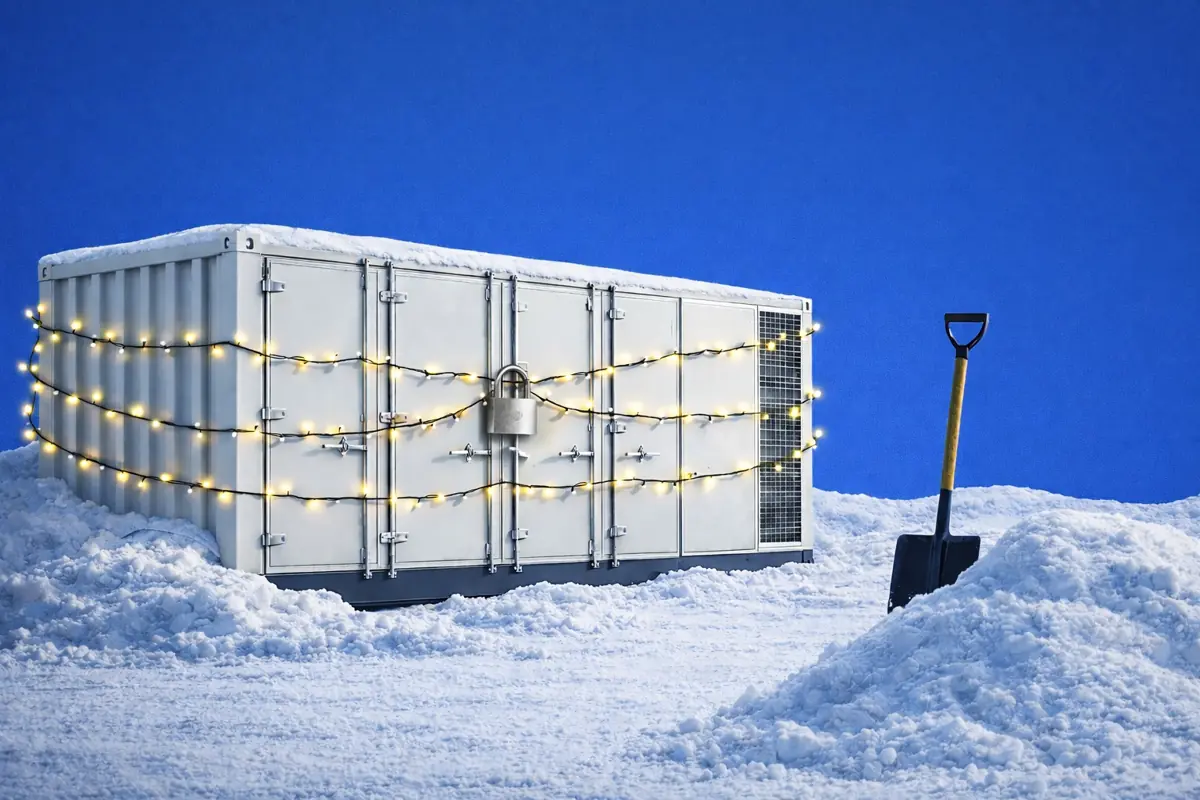Balancing Programme Update: Key changes for BESS from Q3 2024
Balancing Programme Update: Key changes for BESS from Q3 2024
Executive Summary
- August 2024 saw record-high battery dispatch in the Balancing Mechanism, with 81 GWh of battery volume actioned, 73 GWh through the Open Balancing Platform (OBP).
- ESO is integrating Quick Reserve into OBP, with a minimum of 300 MW of battery capacity set to be procured in the first auction in December 2024.
- Planned updates to constraint management and dispatch algorithms could enable larger battery instructions and more efficient Balancing Mechanism participation.
Subscribers to Modo Energy’s Research will also find out:
- How OBP updates have significantly reduced voided dispatch instructions, improving battery utilization.
- Why upcoming system changes could allow batteries to provide higher power bids and offers in the Balancing Mechanism.
- How ESO’s roadmap for 2025 will consolidate BM and non-BM services into a single platform, streamlining market operations.
To get full access to Modo Energy’s Research, book a call with a member of the team today.
Introduction
On Thursday, September 26th, ESO held its quarterly Balancing Programme update. The webinar included a recap of changes and improvements made to the Balancing Programme over the past three months.
The webinar reviewed how increased utilization of batteries and small BMUs in the Balancing Mechanism via the open Balancing Platform (OBP) has led to increased dispatched volume.
It also covered upcoming changes to the Open Balancing platform (OBP) and other systems to move towards a whole-system view. This includes improvements to tools for constraint management and the development of a National Optimizer. It also detailed updates to its energy forecasting and the progress made on forecasted wind generation.
Already a subscriber?
Log in







